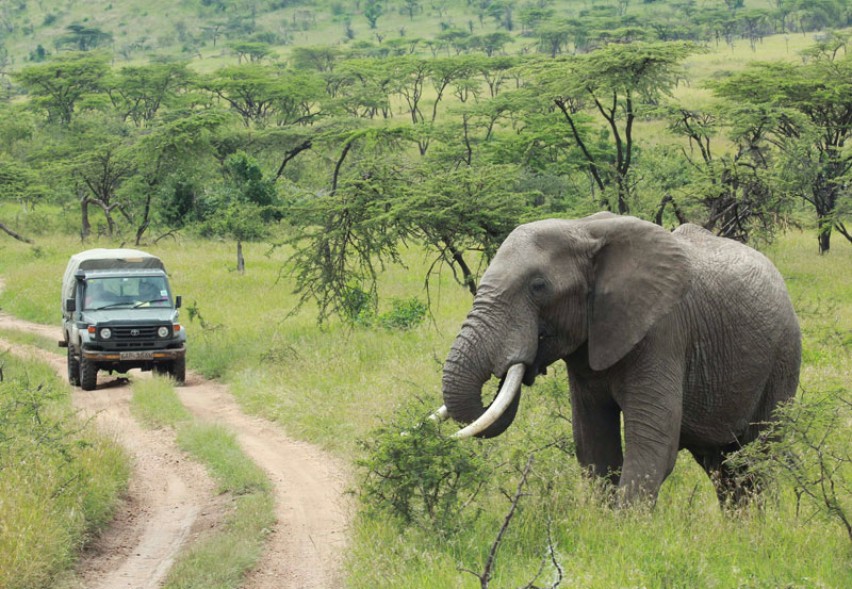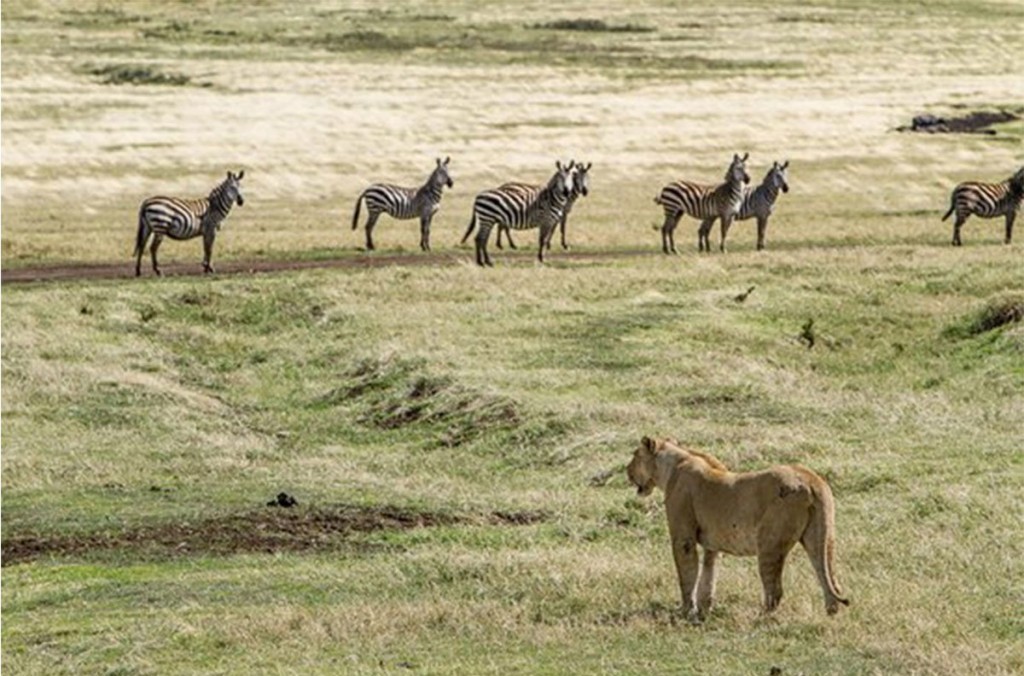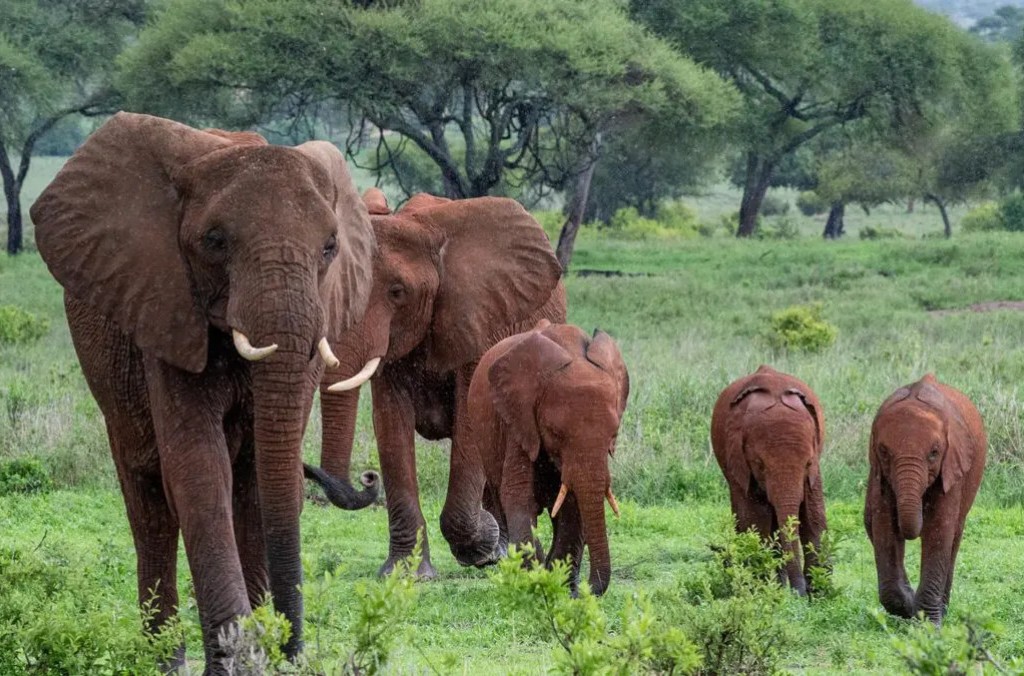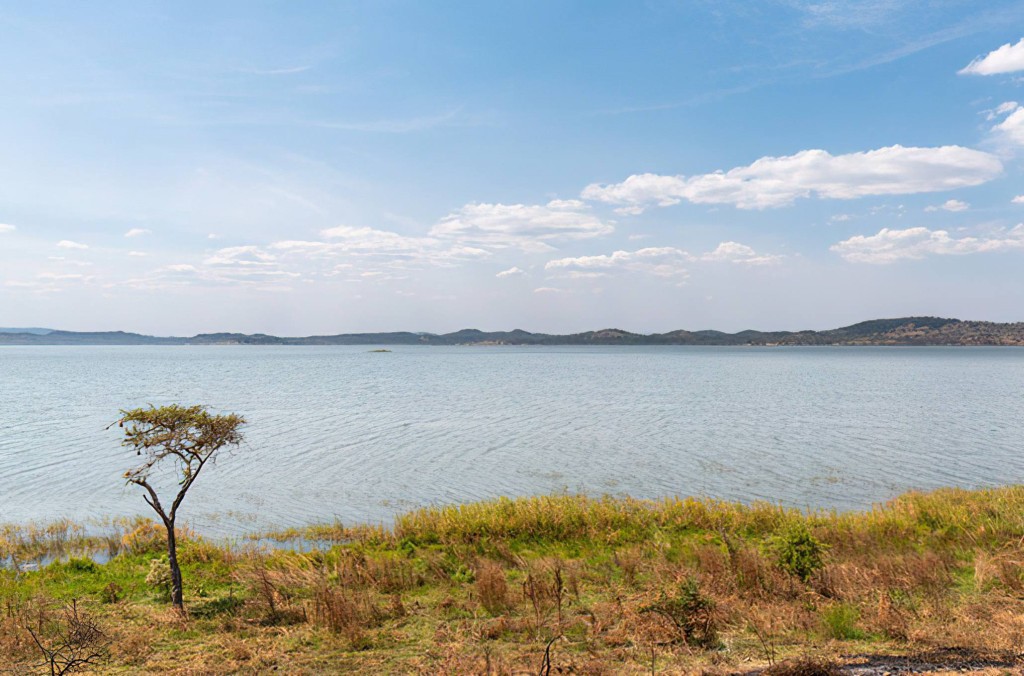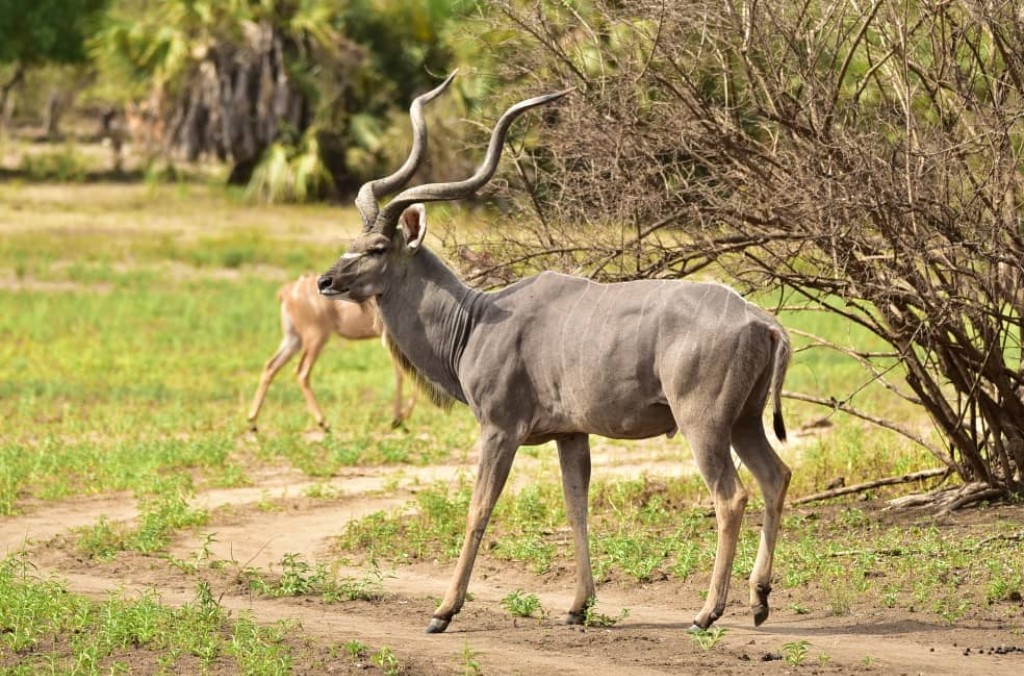BURIGI-CHATO NATIONAL PARK
-
Country: Tanzania
-
Location: North Western Tanzania
-
Language Spoken: Swahili
-
Area (Km): 4.707 Km Squares
-
Visa Requirement: yes
Burigi-Chato National Park, established in 2019, is one of Tanzania's newest and largest parks. Located in the country's northwest, it offers a distinct safari experience away from the busier northern circuit, featuring a mosaic of ecosystems centered around Lake Burigi and the Kagera River.
Key features
- Diverse landscapes: The park is characterized by long hills, deep valleys, and extensive plains of miombo woodland and savannah, punctuated by the freshwater Lake Burigi.
- Lake Burigi: Named after the park, this large lake is a central feature with islands, inlets, and bays that provide a vital water source and scenic beauty.
- Rich wildlife: Burigi-Chato is home to a wide array of wildlife, including:
- Large mammals: Elephants, buffaloes, lions, leopards, giraffes, and zebras.
- Antelopes: Several species, including the statuesque Cape eland, one of the world's largest antelopes.
- Excellent birdwatching: The park is a haven for birders, with over 300 species reported. Key sightings include the rare shoebill stork, fish eagles, and papyrus ganolek.
- Fewer crowds: Due to its recent establishment and off-the-beaten-path location, the park offers a more private and natural safari compared to Tanzania's more famous destinations.
Activities
- Game drives: Explore the park's varied habitats in a 4x4 vehicle, with morning and afternoon drives being the most common.
- Boat safaris and canoeing: Take to the water on Lake Burigi or the Kagera River for a different perspective on the wildlife, especially aquatic species and birdlife.
- Guided walking safaris: Get a more intimate feel for the bush by exploring on foot with an expert ranger.
- Sport fishing: Fishing is available in the lakes for visitors who arrange it in advance.
- Camping: The park has public campsites for adventurous visitors, while more comfortable lodge options are developing.
When to visit
- Dry Season (June to October): The best time for game viewing. The dry conditions cause animals to congregate around water sources, making them easier to spot.
- Wet Season (November to May): Excellent for birdwatching, as migratory species are present and the landscape is lush. However, some roads can become challenging to navigate during heavy rains.
Location and access
- Location: Burigi-Chato is situated in northwestern Tanzania, between Lake Victoria and the Rwandan border.
- Getting there:
- By air: The park can be accessed via Chato International Airport, with a road transfer to the park's gate. Scheduled flights are available to nearby Bukoba, which is a 2–3 hour drive away.
- By road: It is possible to drive to the park from major towns like Bukoba or Mwanza, though a 4x4 vehicle is recommended.
-
Serene and Unspoiled Experience: As one of Tanzania's newest national parks, it offers a tranquil, authentic wilderness experience without the crowds of more established parks.
-
Diverse Ecosystems and Wildlife: The park features a variety of habitats, including savannah, woodlands, and wetlands, supporting a wide array of animals such as elephants, buffaloes, lions, leopards, zebras, giraffes, and various antelope species.
-
Unique Avian Life: Birdwatchers can enjoy spotting unique species, including the rare shoebill stork and other uncommon birds like fish eagles and papyrus ganolek.
-
Stunning Natural Features: The park boasts breathtaking mountainous scenery, panoramic views, and includes Lake Burigi, a significant freshwater lake with islands and inlets.
-
Sitatunga Antelopes: The park's swampy areas are home to the elusive swamp-dwelling sitatunga antelope.
-
Opportunities for Adventure: Activities include game drives, walking safaris, camping, and a special photographic safari to capture the park's beauty.
-
Developing Infrastructure: The park has fewer established hotels and lodges, with accommodation options being more basic, such as campsites and simple cottages, which may not appeal to all travelers.
-
Challenging Road Conditions: The roads can be difficult, particularly during the wet season (November to May), requiring visitors to have proper vehicles and flexible travel plans.
-
Limited Amenities: Due to its status as a newly established park, the facilities and services available to tourists are still growing compared to more established national parks in Tanzania.

